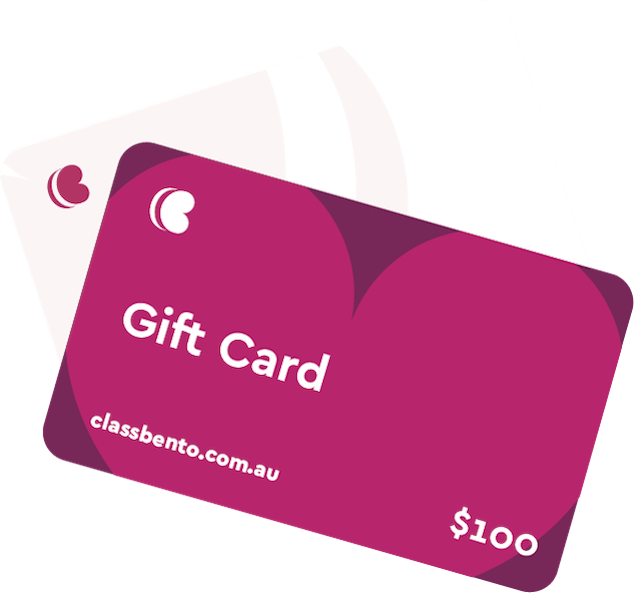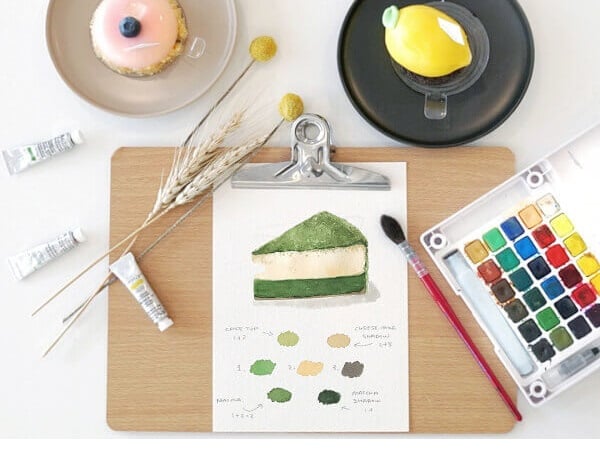In this story:
When it comes to unique indoor activities, textured painting classes in Sydney really take the cake and the process makes you feel like you’re decorating one as well! Guided by talented and experienced artists, you’ll learn how to paint a textured masterpiece using your favourite paints, a palette knife and a blank canvas.
Looking for unique team building activities in Sydney or classy hens party ideas in 2025? Gather your group together for a few hours of satisfying palette knife painting and make some great memories together. Our textured painting classes make it easy to help you explore your inner creativity while indulging in a moment of mindfulness.
Interested in exploring this fun art medium for yourself? Discover more about knife painting below!
Why you should try palette knife painting

Of the array of materials available to the modern artist, probably the most sophisticated tool is the paintbrush. From thin to thick, fine to fan, sable to synthetic, a painter in today’s world can choose a brush for any number of textures and techniques and you can learn how at fun painting classes in Sydney.
So, given this range of brush possibilities, the fairly recent trend of palette knife painting is surprising. Why use such an unforgiving tool when the brushes on the market can provide the precision of a surgeon’s scalpel or the broad strokes of a muralist?
Well, many artists swear by its superiority, and the technique has gained a loyal following in the past few decades. If painting with a blade doesn’t quite make sense to you, perhaps it would help to conjure up some similarly satisfying experiences.
Take decorating a cake, for example. There’s something soothing about globbing a layer of icing onto a freshly baked cake and smoothing it with the edge of the spatula. Maybe you create a completely flat surface, skillfully hiding the lines of your work into infinite perfection. Or maybe your technique incorporates swirls and waves, each layer of icing adding character and depth to your work. The end result is delicious, sure, but decorating it was the real fun.
Consider, also, the simple joy of smearing avocado or jam onto a piece of toast in the morning.
Or perhaps you were one of the kids lucky enough to play in the mud after a rain, when the earth was your canvas and a plastic shovel your artist’s tool. Of course, this was also true if you were a child that spent time making sandcastles as the beach. There was just something about smoothing the sides of your imaginary fortress that was undeniably perfect.
How palette knife painting works

What all of these activities have in common is their incorporation of a technique called impasto, which is defined as:
Paint that stands up from the surface it has been applied to, due either to the method of its application or to the sheer quantity of paint used (1).
Originally, this technique was used by famous European painters to create the effect of aging skin or the illusion of light on reflective objects like jewelry. Later on, Vincent Van Gogh gave new life to the practice, with each of his works seeming to exist in three dimensions, simply by layering thick oil paint onto his canvases.
The method seeped into the Australian art scene sometime around the early 1900’s, when Frederick McCubbin’s Autumn Morning, South Yarra was completed (2). Judging by the absence of brush strokes, it is believed that the artist relied on palette knives, brush handles and cloth to create texture and depth in the painting. Today, the work is regarded as one of Australia’s most important impastos.
Indeed, as we noticed with the everyday instances of creative joy, any number of tools can be used to achieve this technique. After all, Jackson Pollock (3) created his famous impastos by dripping vibrant wet paint onto the canvas while Richard Larter (4) opted for a hypodermic syringe. Other methods include dry rollers, and sponges - even fingertips can work.
Find the best painting classes in Sydney here.
Impasto painting today
4242342.jpg)
Yet, nowadays, it seems that most impasto works of art are created with the use of the palette knife. A simple tool, the knife is constructed of a metal blade attached to an ergonomic wooden handle. Its primary function has always been to mix paints on the palette, but now artists are recasting the tool as the star of the show. And, because of its rising popularity, the tool is available in a variety of sizes and shapes and can be found in art stores in Sydney and online.
There are even workshops taught in person throughout Sydney, including this textured paint and sip class with Sydney Creative in Redfern. This class covers the fundamentals of textured painting and explores various techniques and tricks to encourage experimentation and growth.
One of the great takeaways from attending a class is that you can familiarise yourself with the palette knife’s versatility: it can be used with acrylic or oil paints on virtually any surface. Spanish artist Francisco De Goya, for example, created his famous palette knife paintings on the walls of his living space, though you’re probably more likely to start off on canvas or a wooden board(5).
And with versatility comes creativity. While early Australian art encompassed the landscapes that completely awed colonist explorers, today’s impasto paintings can showcase any style, from abstract to impressionism to realism.
Discover wellbeing benefits at fun painting classes in Sydney
442424.jpg)
Having a creative outlet is enjoyable, but the field of psychology reveals that tapping into your creativity can improve your mental health, too. Art therapy, for instance, has become a prominent method in health care services because of the efforts of professional organizations like ANZATA (6) and ACATA (7), while the Department of Health supports the inclusion of creative arts as a medium for expression, awareness and recovery (8). According to these programs, the opportunity for self-expression through art is invaluable to the healing process and can greatly better the lives of anyone dealing with mental illness.
Of course, the benefits are available even for those not experiencing mental distress. An article in Scientific American, for example, suggests that individuals who explore creative endeavours are likely to be more motivated, optimistic, and open (9). Through creative expression, they report a higher overall mental state and personal development than their peers less engaged in artistic pursuits.
So the next time you’re near an art store, make an investment in yourself and check out the palette knife section. Though many classes provide all the materials you need, sometimes just being around the array of tools is enough to get the creativity flowing. It’s kind of like being a kid in a candy shop (or a kid with a plastic shovel at the beach!)
References:
(1) artsy.net
(2) ngv.vic.gov.au
(3) jackson-pollock.org
(4) australia.gov.au
(5) franciscodegoya.net
(6) anzata.wildapricot.org
(7) acata.org.au
(8) health.wa.gov.au
(9) scientificamerican.com




































